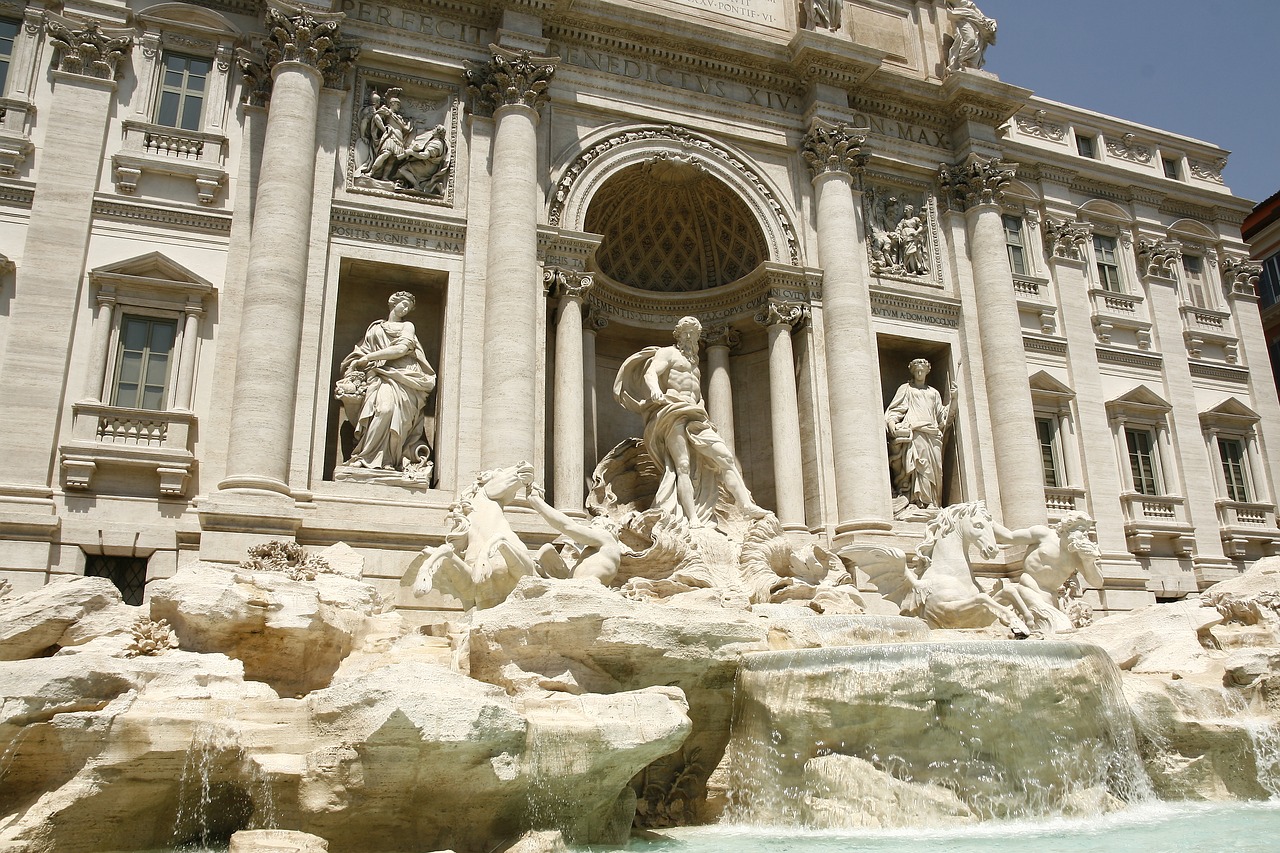 Photo permit included
Photo permit included
 Tour by public transport
Tour by public transport
 Canal Boat tour included
Canal Boat tour included
 Train tickets included
Train tickets included
 Suitable for little children
Suitable for little children
 Wheelchair accessible tour
Wheelchair accessible tour
 Museum ticket included
Museum ticket included
 Light snack included
Light snack included
 Lunch included
Lunch included
 Transportation included
Transportation included
 Walking Tour
Walking Tour
Our drive from the cruise port to Central Rome takes about 1 hour 30 minutes, during this time your dedicated English Speaking Guide will be giving you running commentary and as much information as you require about Rome and its history. Your guide will stay with you throughout the day except in your free time.
What's included
- Travel on an air-conditioned transportation
- English-speaking tour guide
- The earpiece for groups of 9 or more
- Map of Rome
Highlights
Itinerary
08:00
Tour will depart from the port of Civitavecchia
Drive to the Colosseum (arrive 1 hour 20 minutes – depending on traffic)
Arrive at the Colosseum for a 15 – 20 minute photo
Back on the coach to drive into the center making a stop just above Piazza Navona
Embark on a walking tour of the city
The Trevi Fountain, The Pantheon and Piazza Navona.
Free time for lunch and souvenir shopping in Trevi Fountain or Piazza Navona, of approximately an hour.
We will then board the coach again and our tour continues to St Peter’s Square for a short walking tour with some free time around the square.
Tour will leave St Peter’s Square (exact time to be arranged by your guide on the day) for the journey back to the port of Civitavecchia







